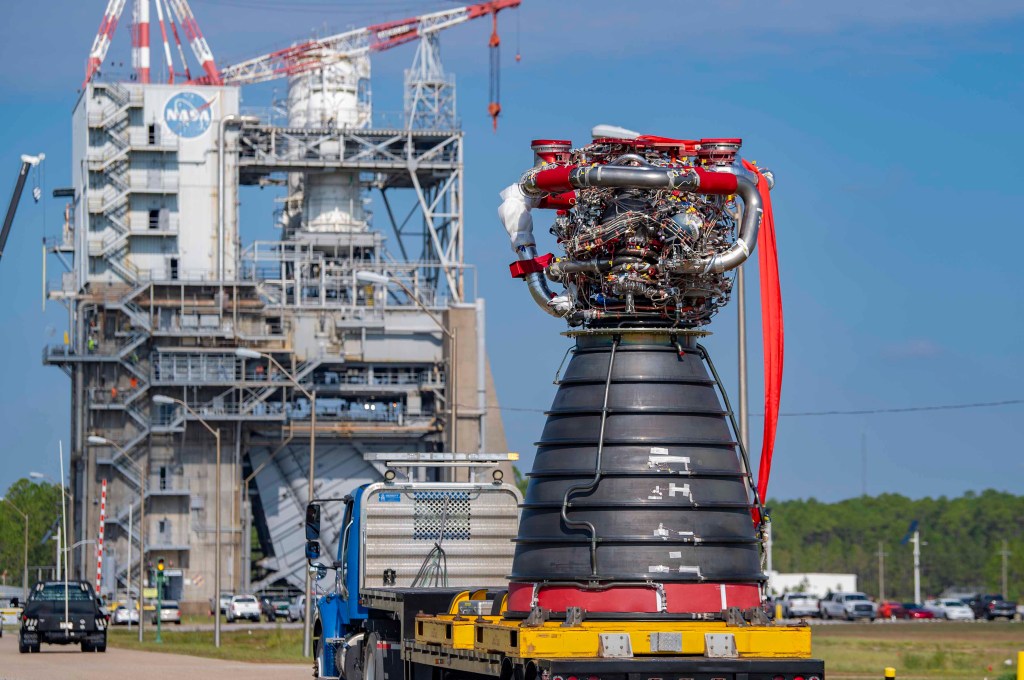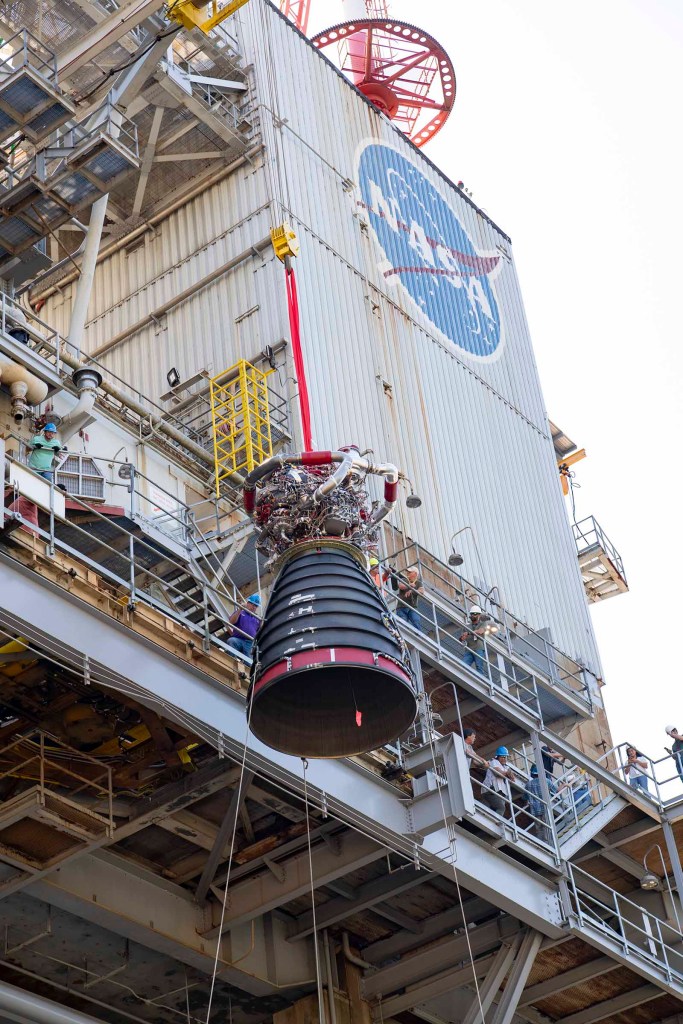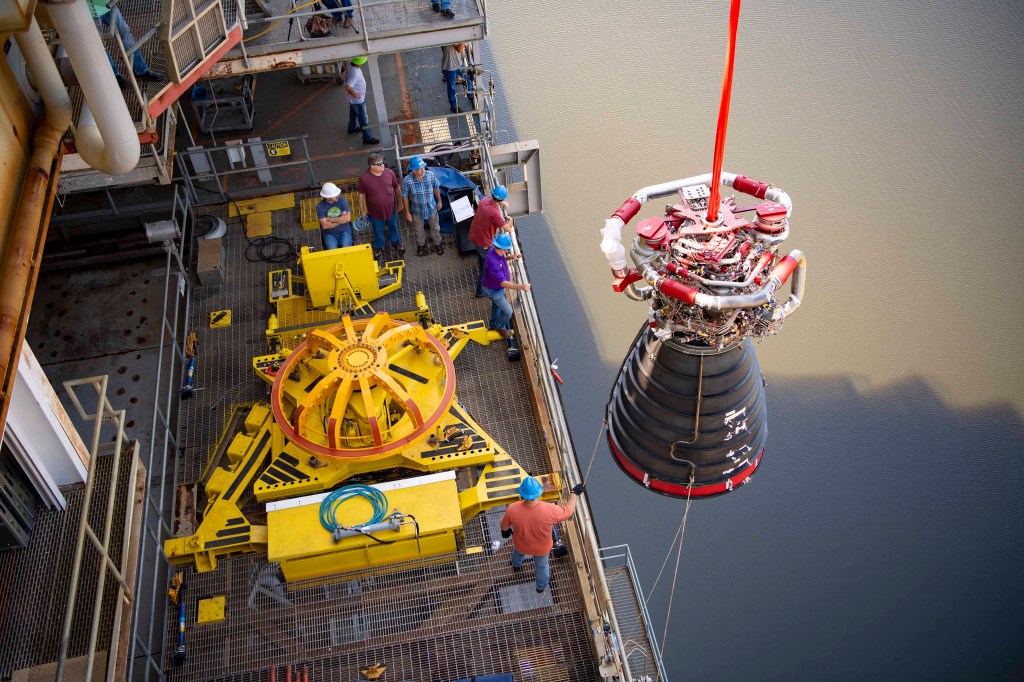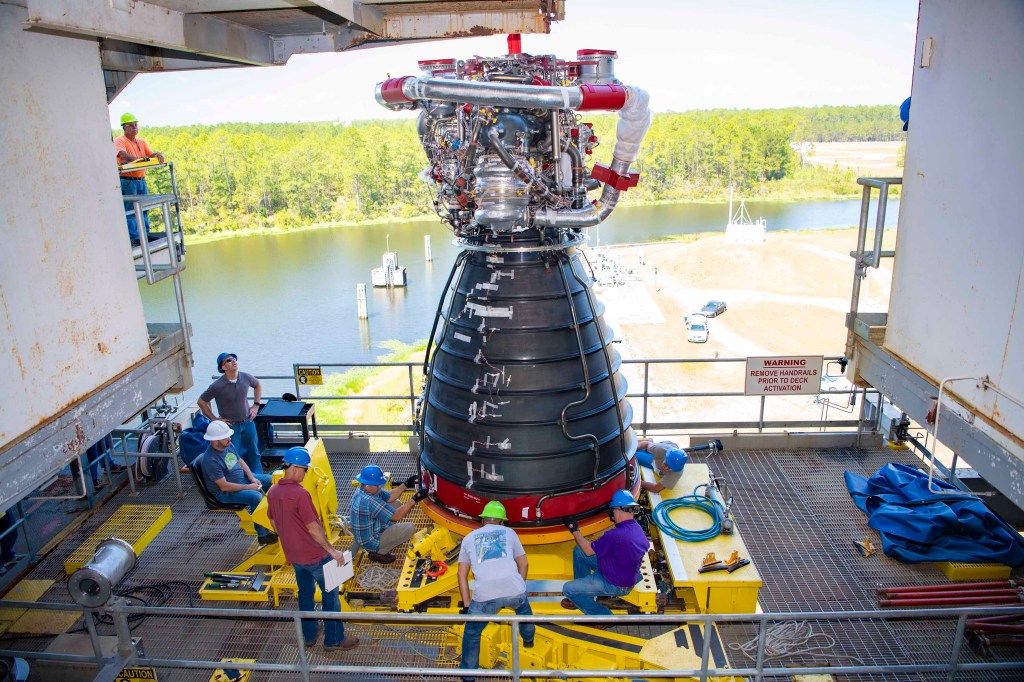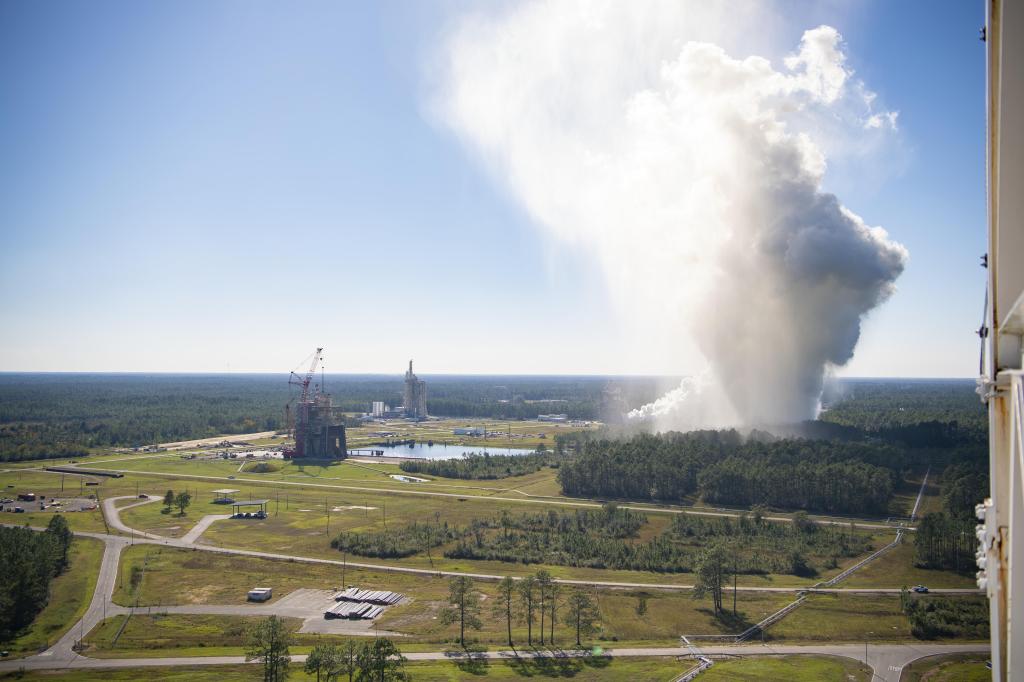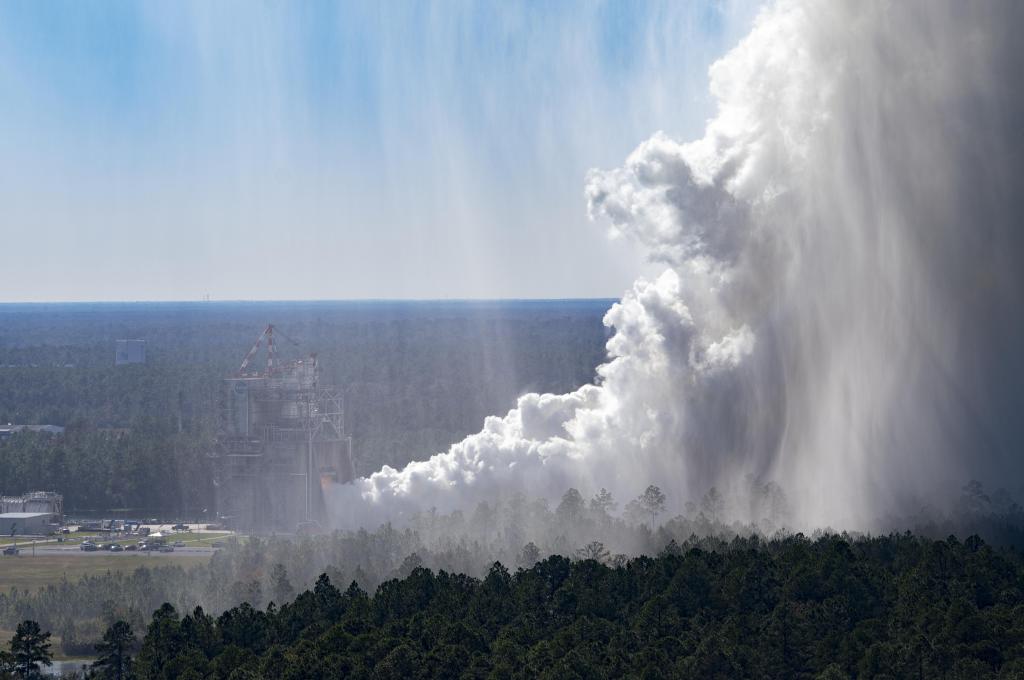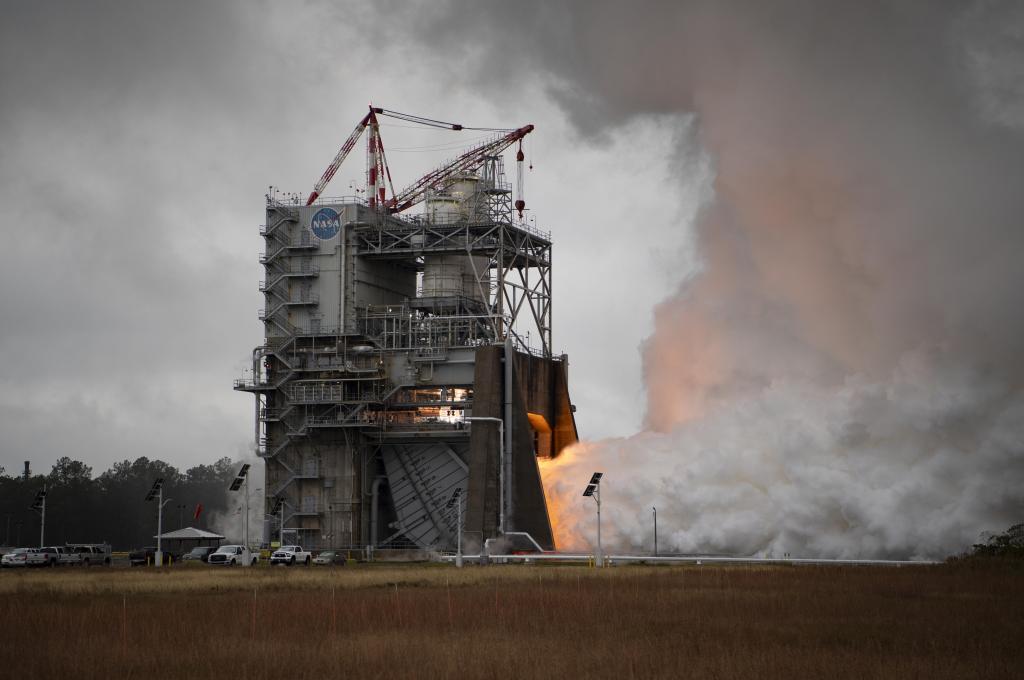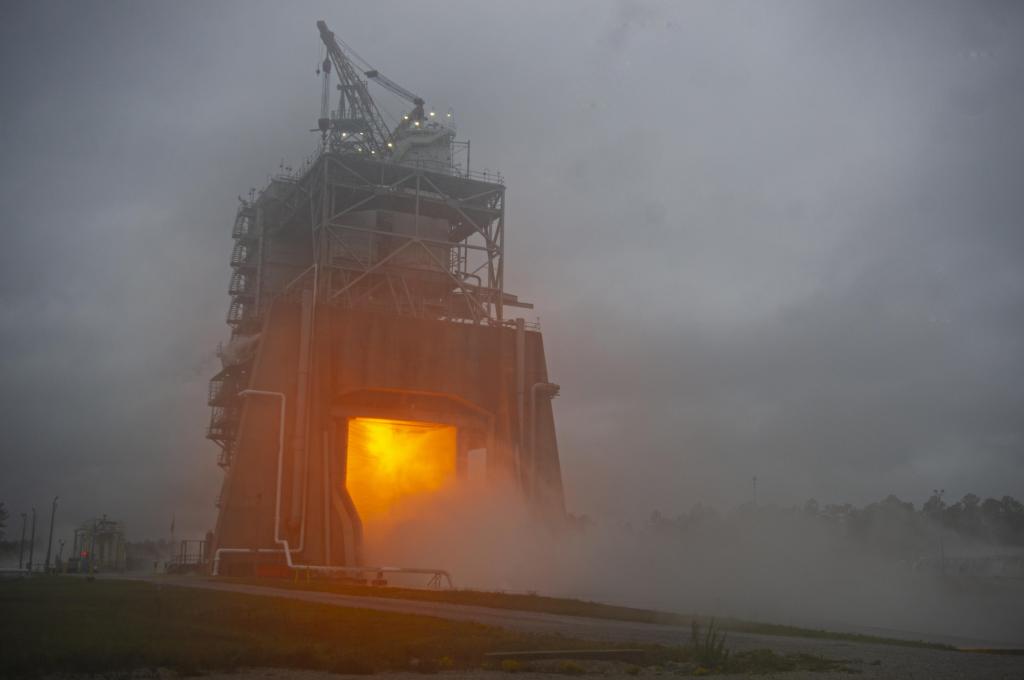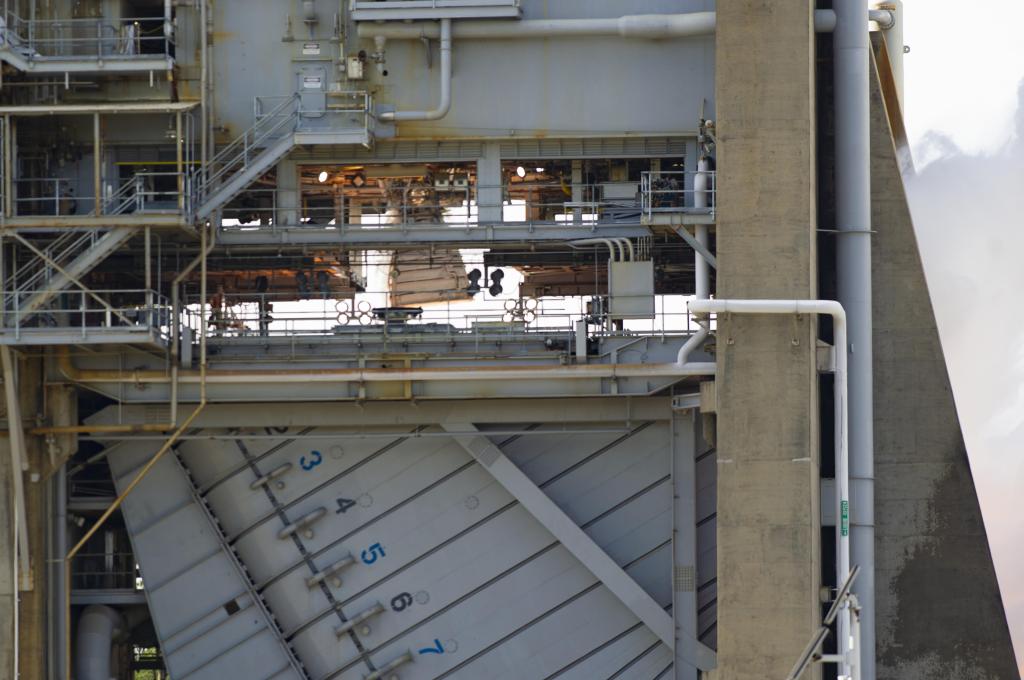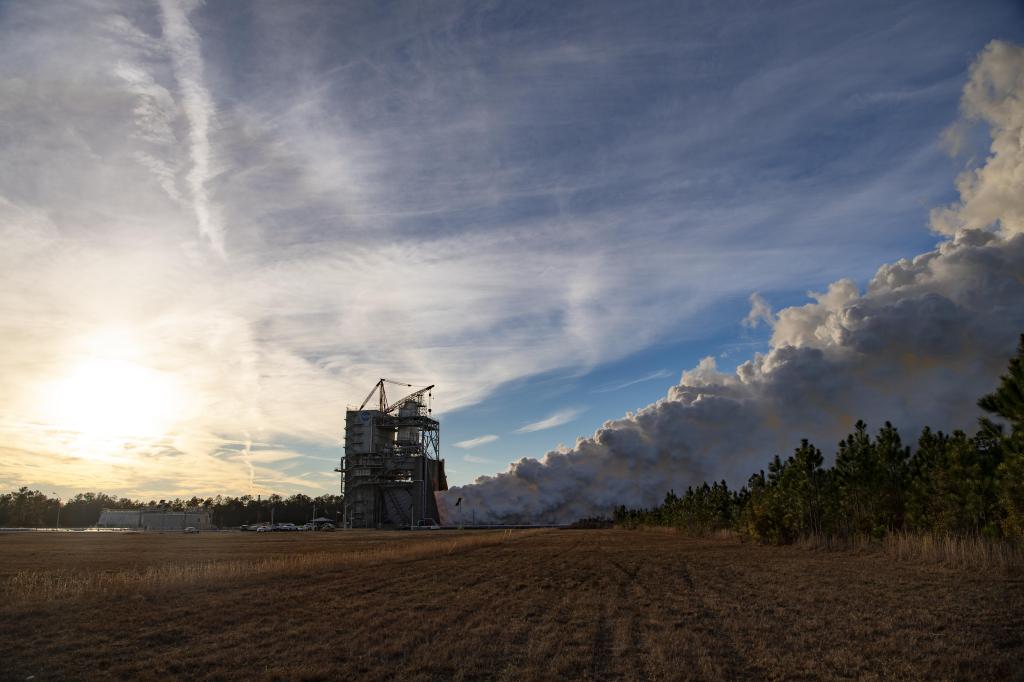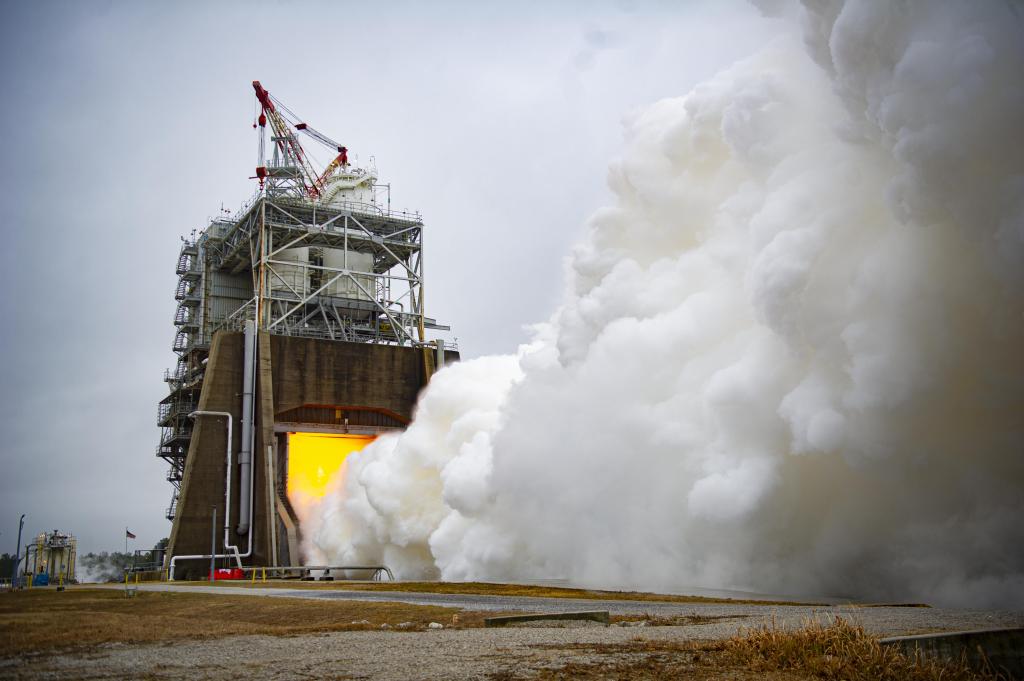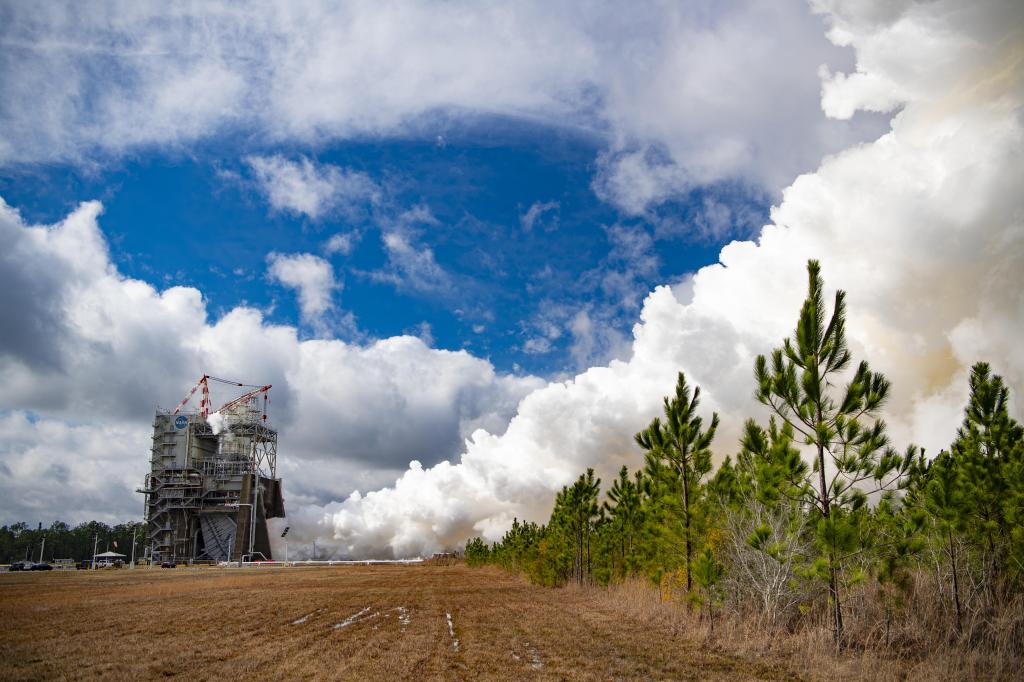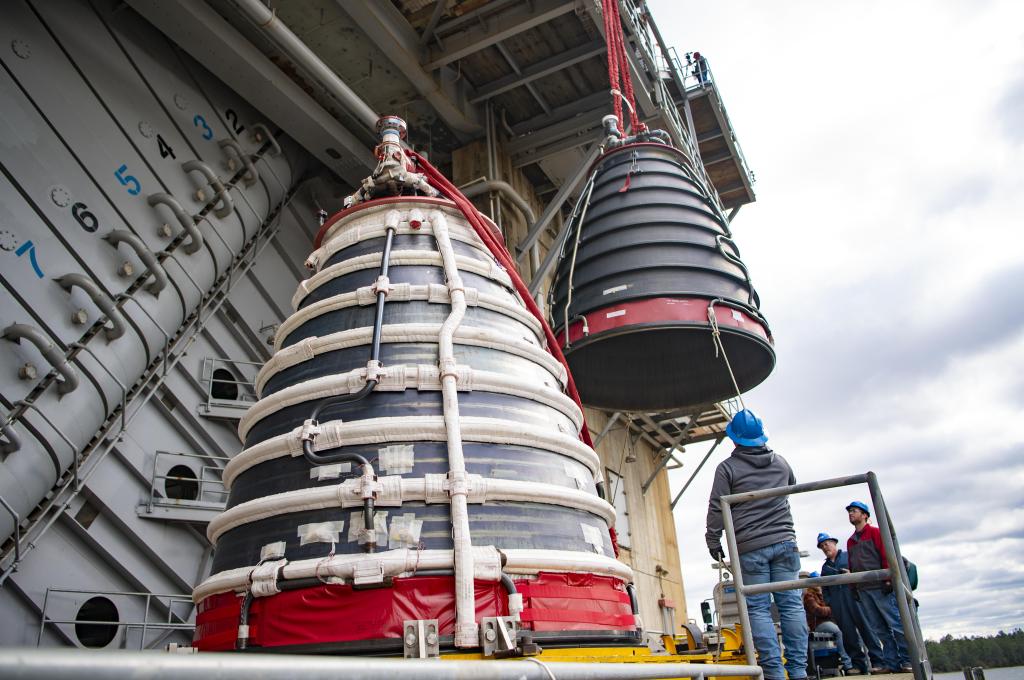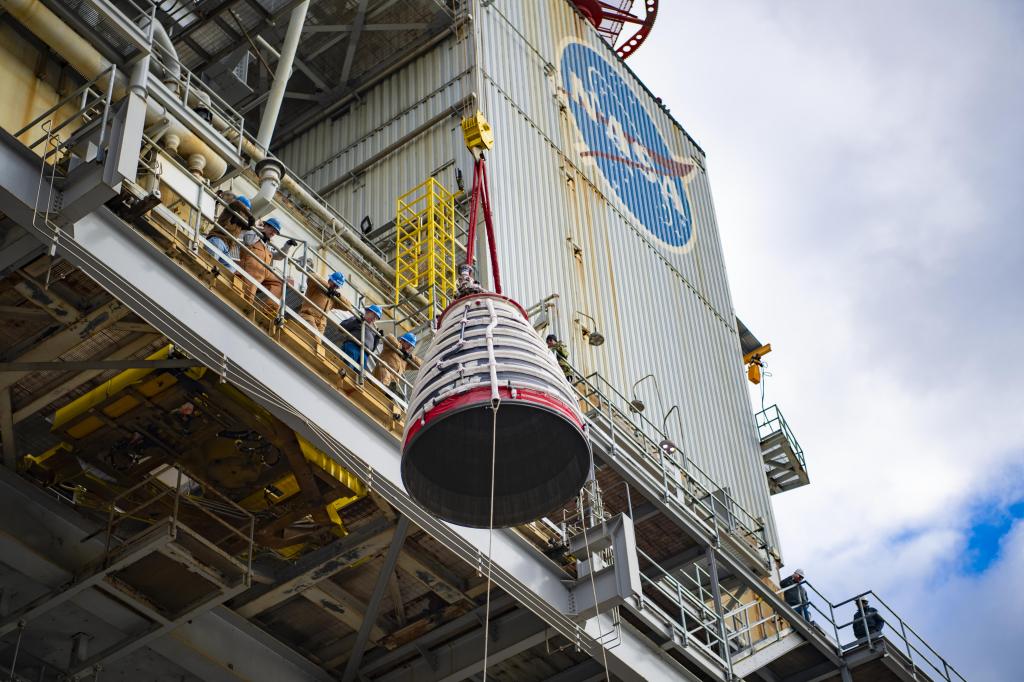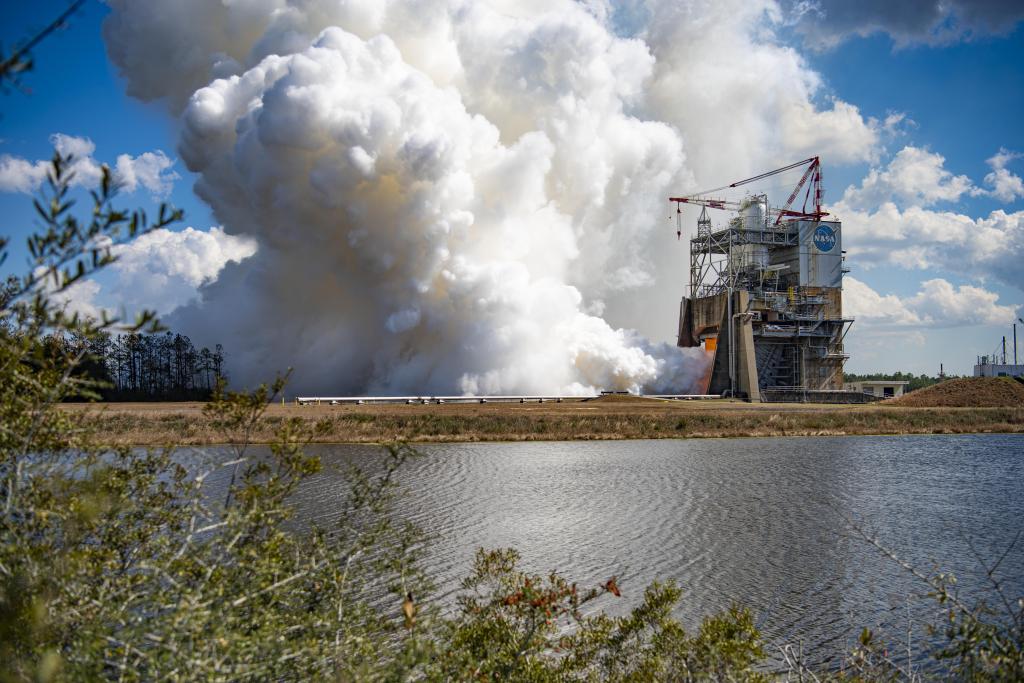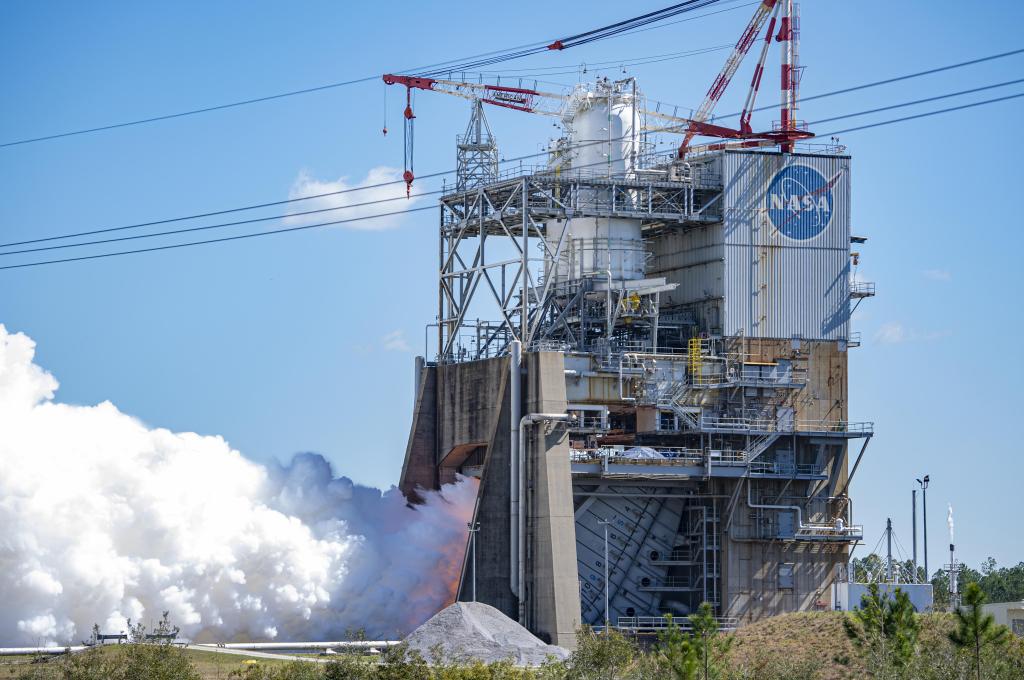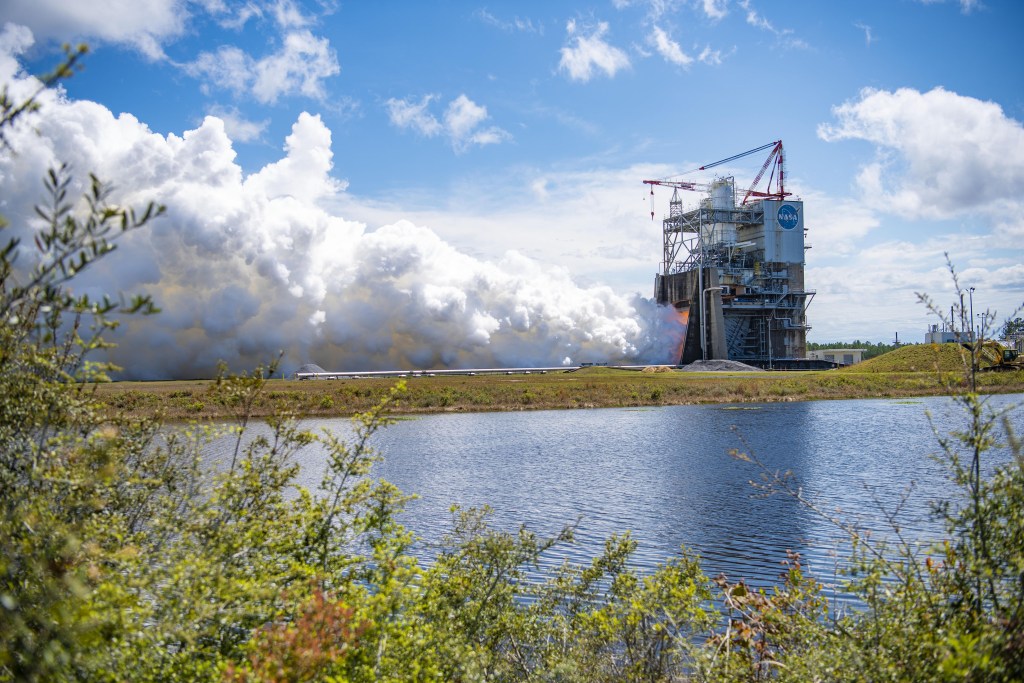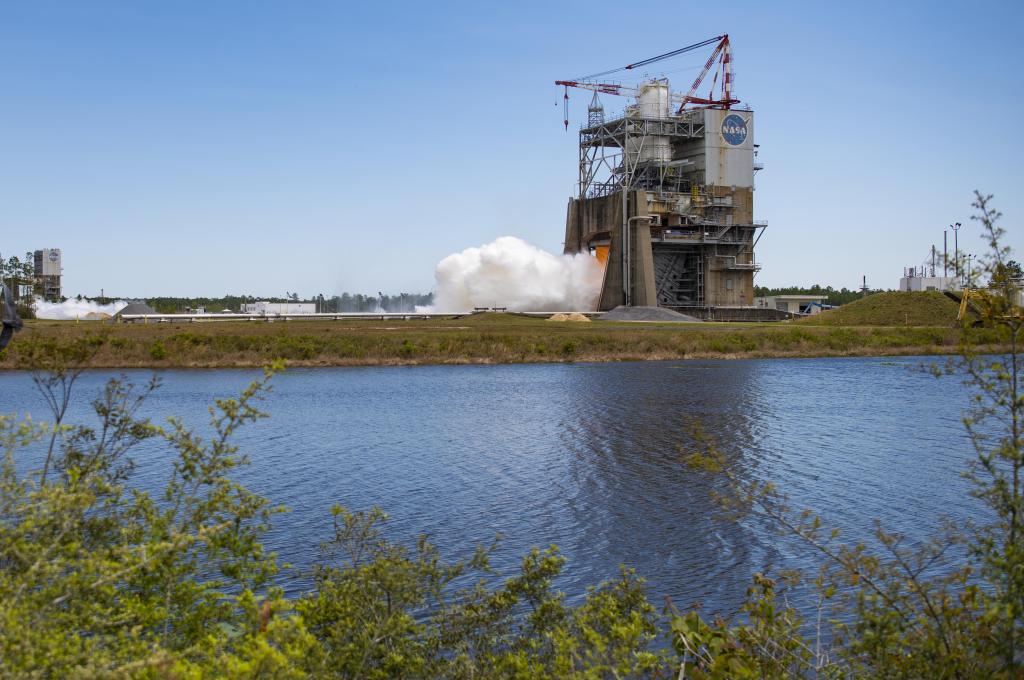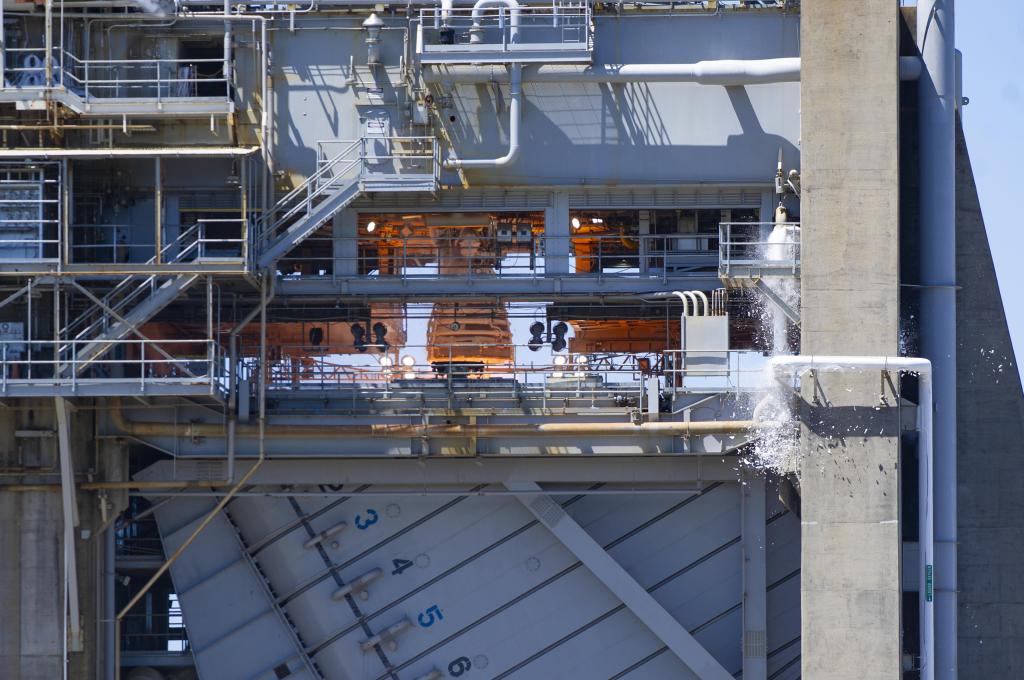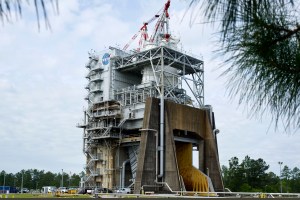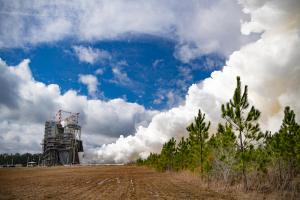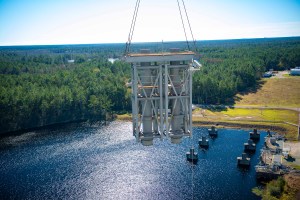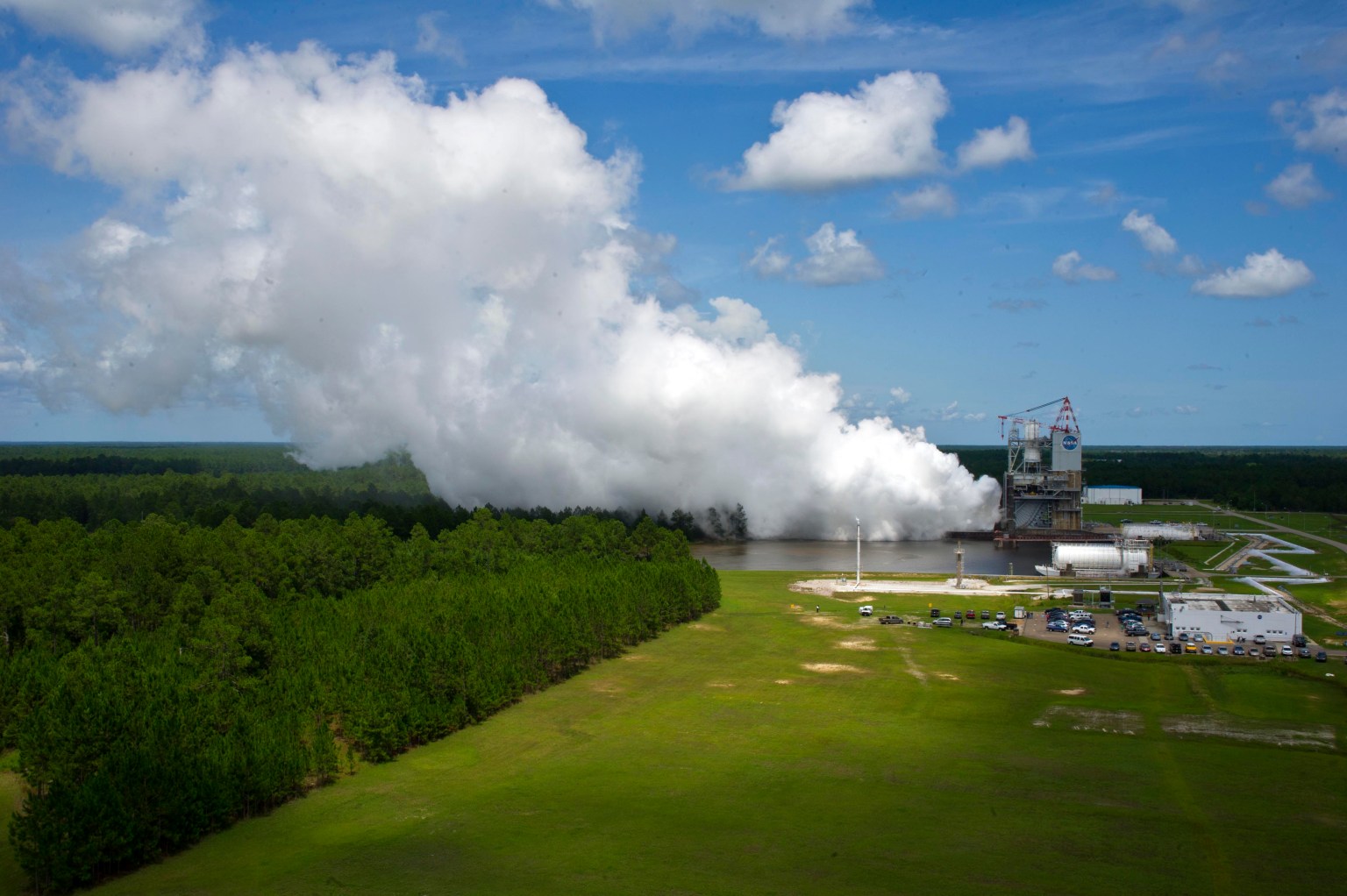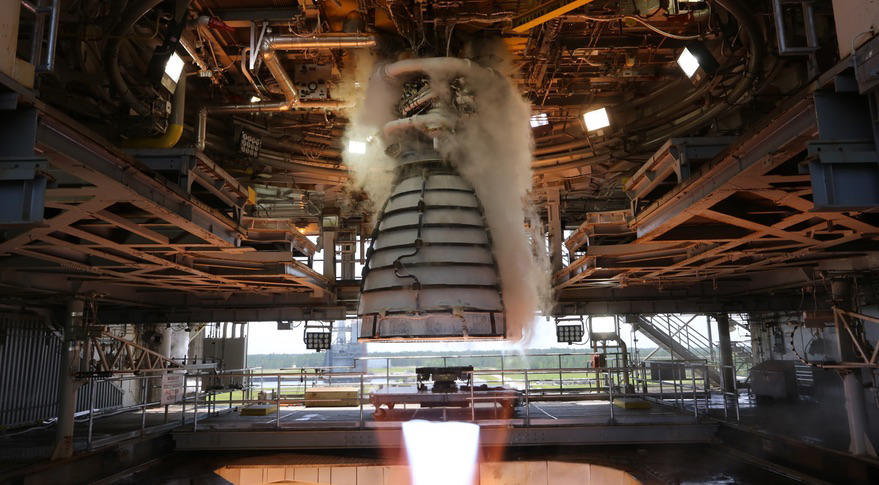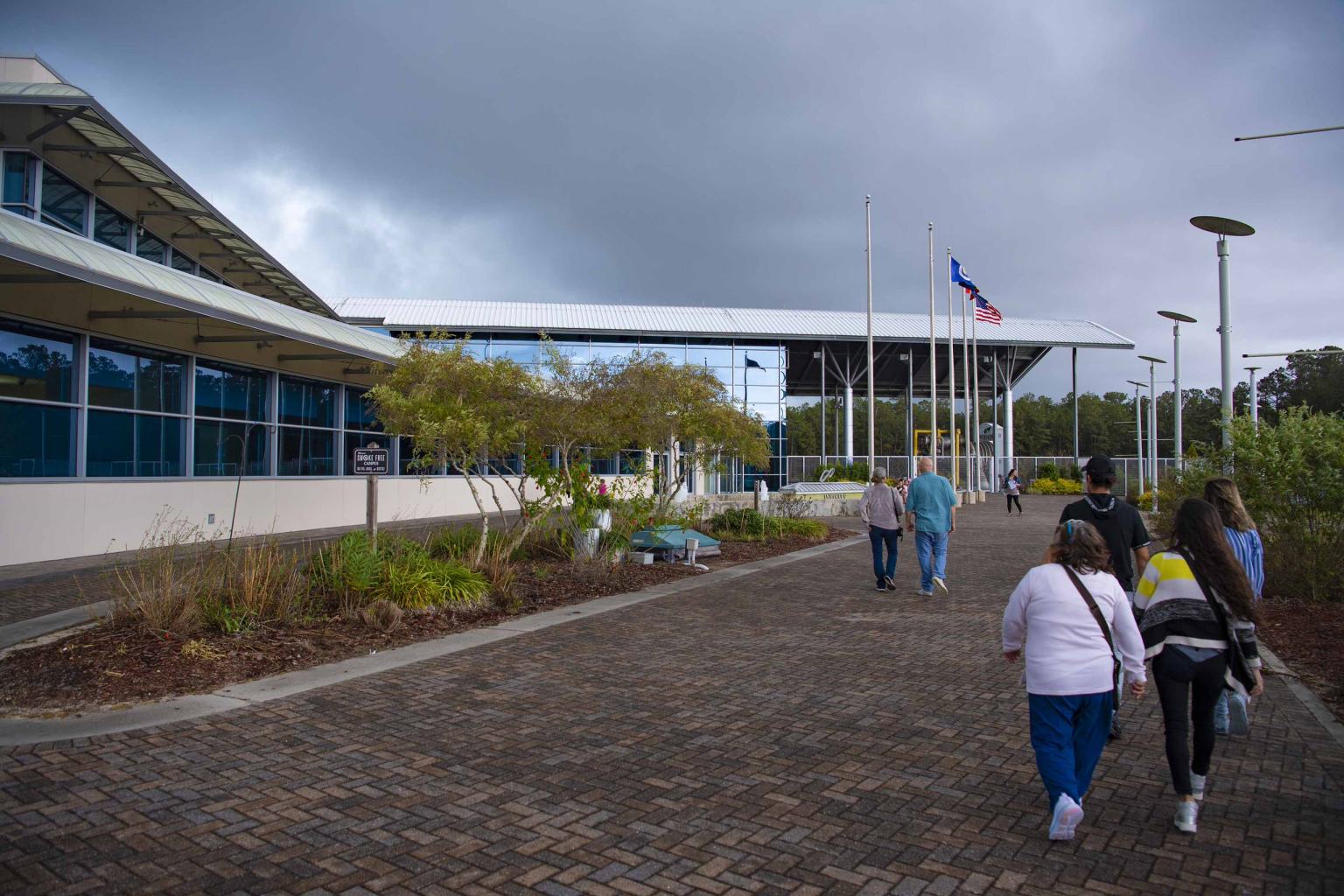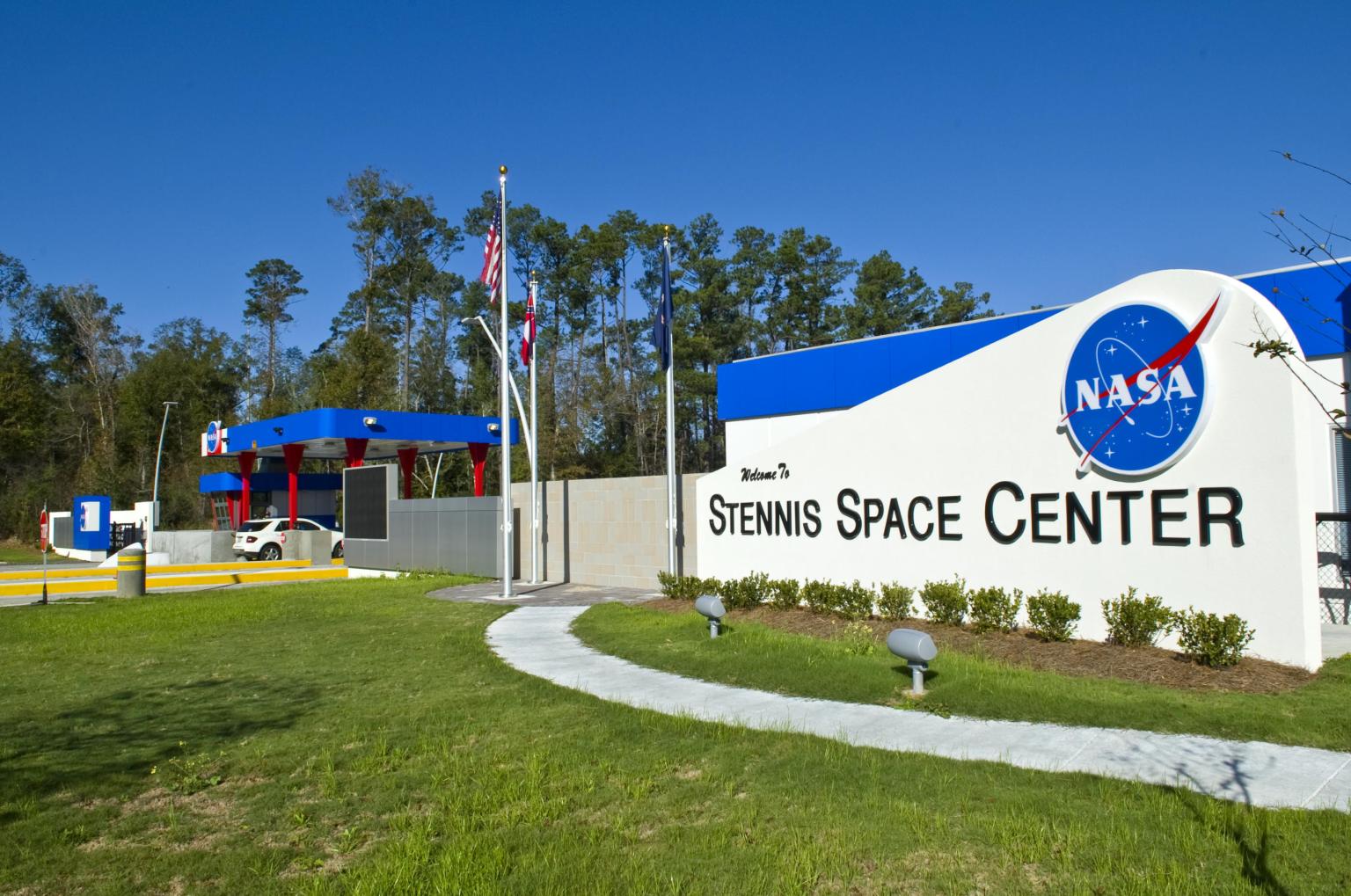NASA achieved a major milestone April 3 for production of new RS-25 engines to help power its Artemis campaign to the Moon and beyond with completion of a critical engine certification test series at NASA’s Stennis Space Center near Bay St. Louis, Mississippi.
The 12-test series represents a key step for lead engines contractor Aerojet Rocketdyne, an L3Harris Technologies company, to build new RS-25 engines, using modern processes and manufacturing techniques, for NASA’s SLS (Space Launch System) rockets that will power future lunar missions, beginning with Artemis V.
“The conclusion of the certification test series at NASA Stennis is just the beginning for the next generation of RS-25 engines that will help power human spaceflight for Artemis,” said Johnny Heflin, SLS liquid engines manager. “The newly produced engines on future SLS rockets will maintain the high reliability and safe flight operational legacy the RS-25 is known for while enabling more affordable high-performance engines for the next era of deep space exploration.”
Through Artemis, NASA will establish the foundation for long-term scientific exploration at the Moon; land the first woman, first person of color, and first international partner astronaut on the lunar surface; and prepare for human expeditions to Mars for the benefit of all.
Contributing to that effort, the NASA Stennis test team conducted a full-duration, 500-second hot fire to complete the 12-test series on developmental engine E0525, providing critical performance data for the final RS-25 design certification review. The April 3 hot fire completed a test series that began in October 2023.
RS-25 engines are evolved space shuttle main engines, upgraded with new components to produce the additional power needed to help launch NASA’s SLS rocket. The first four Artemis missions are using modified space shuttle main engines also tested at NASA Stennis. For each Artemis mission, four RS-25 engines, along with a pair of solid rocket boosters, power the SLS rocket, producing more than 8.8 million pounds of total combined thrust at liftoff.
“This was a critical test series, and credit goes to the entire test team for their dedication and unique skills that allowed us to meet the schedule and provide the needed performance data,” said Chip Ellis, project manager for RS-25 testing at NASA Stennis. “The tests conducted at NASA Stennis help ensure the safety of our astronauts and their future mission success. We are proud to be part of the Artemis mission.”
The E0525 developmental engine featured new key components – including a nozzle, hydraulic actuators, flex ducts, and turbopumps – that matched design features of those used during an initial certification test series completed at NASA Stennis last summer.
The two certification test series helped verify the new engine components meet all Artemis flight requirements moving forward. Aerojet Rocketdyne is using techniques such as 3D printing to produce new RS-25 engines more efficiently, while maintaining high performance and reliability. NASA has awarded the company contracts to provide 24 new engines, supporting SLS launches for Artemis V through Artemis IX.
“Successfully completing this rigorous test series is a testament to the outstanding work done by the team to design, implement and test this upgraded version of the RS-25 that reduces the cost by 30% from the space shuttle program,” said Mike Lauer, RS-25 program director at Aerojet Rocketdyne. “We tested the new RS-25 engines to the extreme limits of operation to ensure the engines can operate at a higher power level needed for SLS and complete the mission with margin.”
All RS-25 engines are tested and proven flightworthy at NASA Stennis prior to use on Artemis missions. RS-25 tests at the center are conducted by a diverse team of operators from NASA, Aerojet Rocketdyne, and Syncom Space Services, prime contractor for site facilities and operations.



























